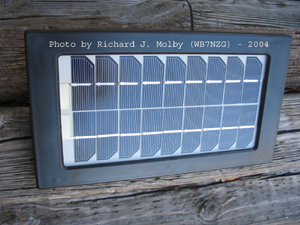

What you can do
Since
switching to electric power tools some years ago I will never go back
to
noisy, nasty, stinky gas powered tools. For lawn mowing, edging, leaf
blowing
etc. electric powered tools are far superior. They are quieter,
require
less maintenance and there is no struggle to get them started. Also
it
is not necessary to store dangerous liquids like gas and oil to keep
them
going.
The
only exception is when electric power is not readily available
or
when
an enormous amount of power is required. There are some cases
when
a gas powered appliance is necessary, but it is not often.
Here
in the Tampa area, leaf blowers are usually used to blow the debris into
the
street where traffic drives it right back into the yard. It is more
sensible
to
rake
and sweep up the leaves. And why dump them into the trash? Start a
compost
pile or get bins and turn those leaves into black gold for your garden.
Did
you know that incandescent lights are essentially electric heaters that
just
happen
to give up a bit of energy in the form of light. Incandescent bulbs are
incredibly
inefficient and waste most of the power they consume as heat. Of
course
if you happen to be cold perhaps that is not a bad thing!
Because
lighting is one of the largest consumers in the typical home it is also
one
of the first places you can make an impact on your power consumption.
The
first thing one must learn about lighting and power consumption is that
the
amount of power consumed versus light output do not have a direct
relationship.
Power is
measured
in watts and light in lumens. Even knowing the amount of lumens
a
particular bulb produces does not tell everything either. The type of
fixture
in
which the bulb is installed, type of reflector and so on all have an
impact
on
how much usable light a device produces.
For
an approximate comparison check the chart below.
| Lighting Device | Lumens per Watt |
| 32 watt T8 flourescent | 85 to 95 |
| Standard F40T12 cool white flourescent | 60 to 65 |
| Compact flourescents | 30s to 60s, usually 48 to 60 |
| T3 tubular halogen | 20 |
| White LED | 15 to 19 |
| Standard 100 watt incandescent bulb | 17 |
| Incandescent night light bulb (7watt) | 6 |
| Incandescent flashlight bulbs | Less than 6 |
As
for high-tech forms of alternative energy, check out the following
links.
There is a wealth of information on the web.
Links
http://zebu.uoregon.edu/2001/phys162.html
http://www.cc.utah.edu/~ptt25660/tran.html
http://www.mrsolar.com/
Return to Start
Return to Richard
Return to Ham Radio